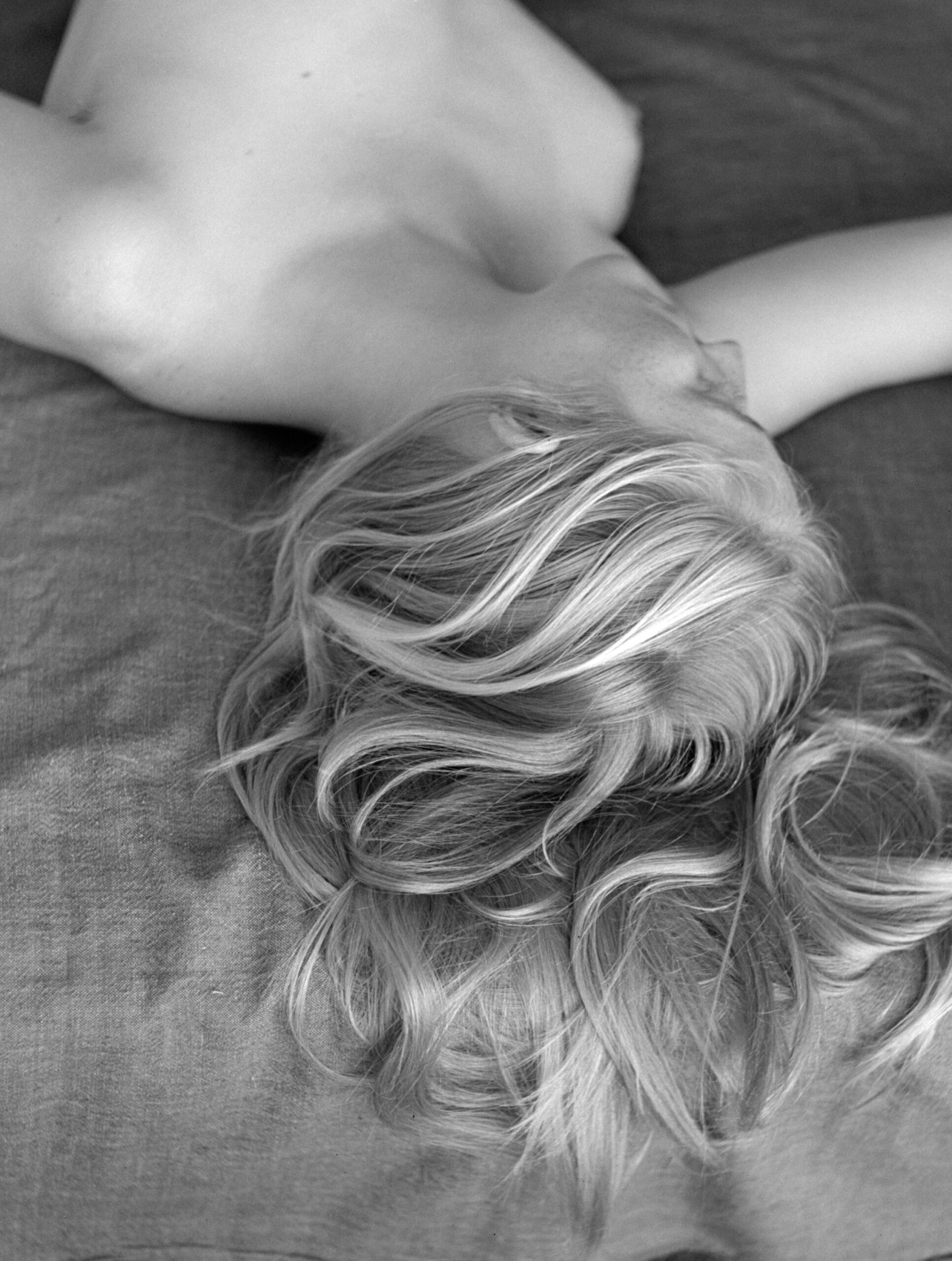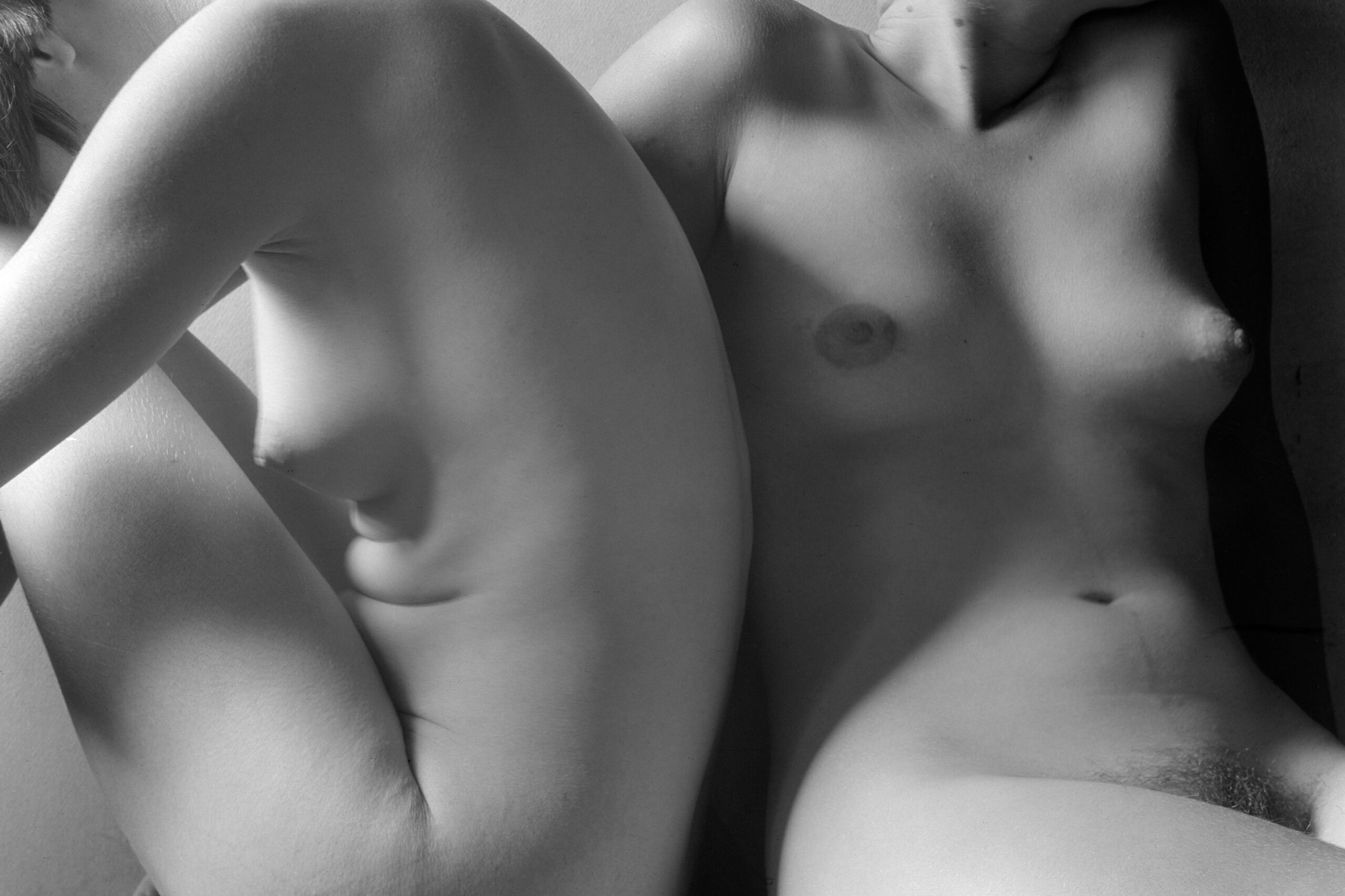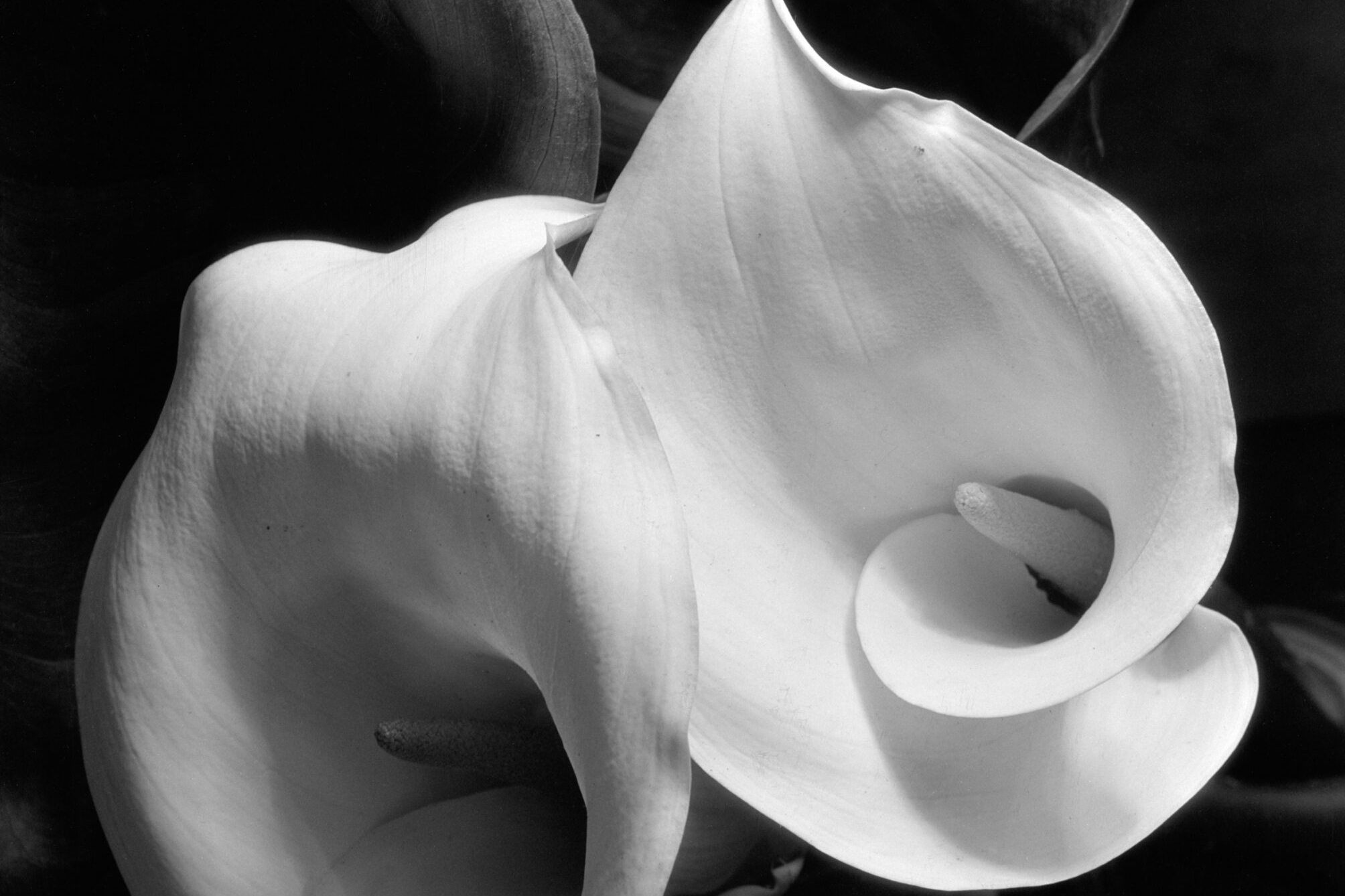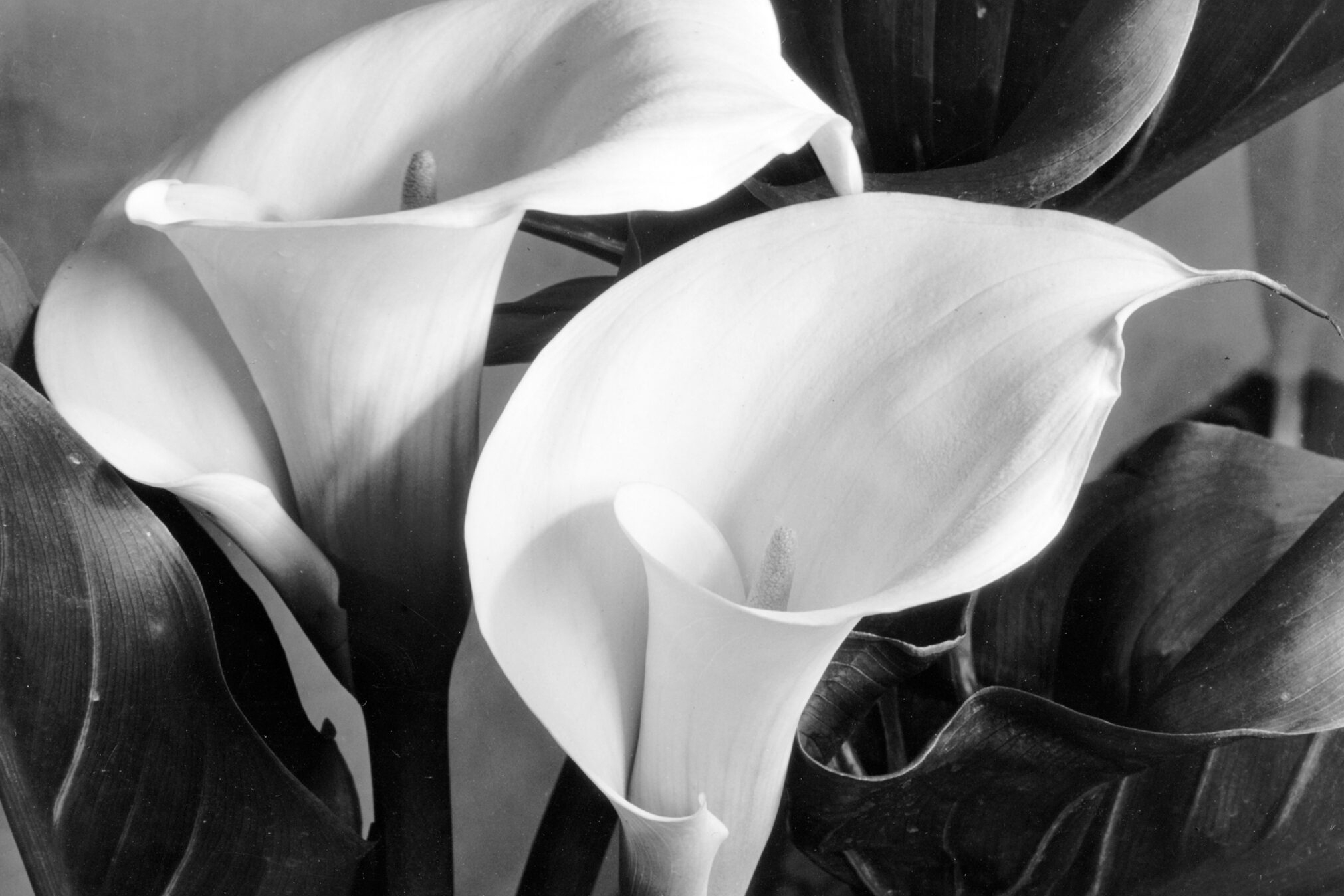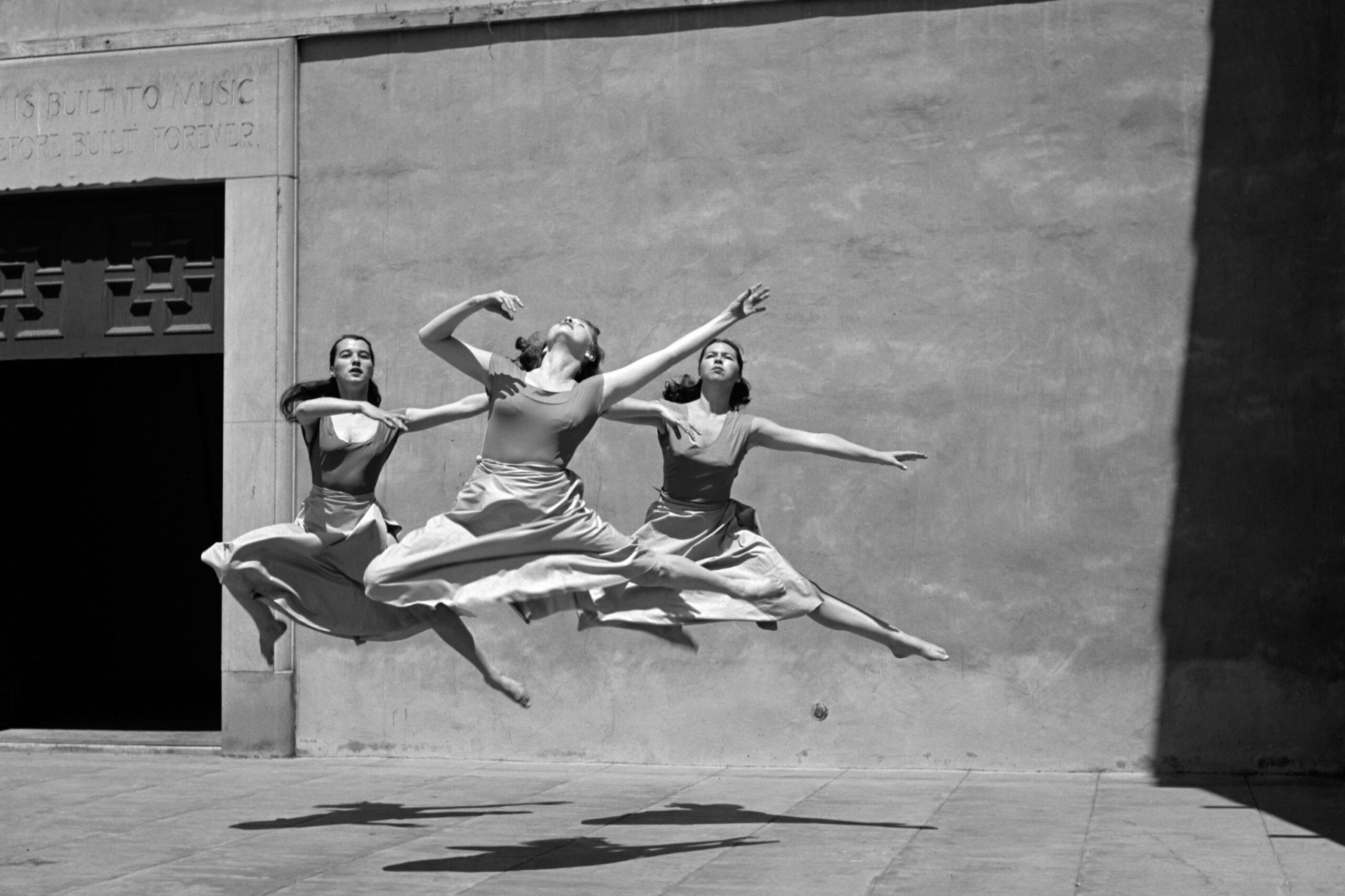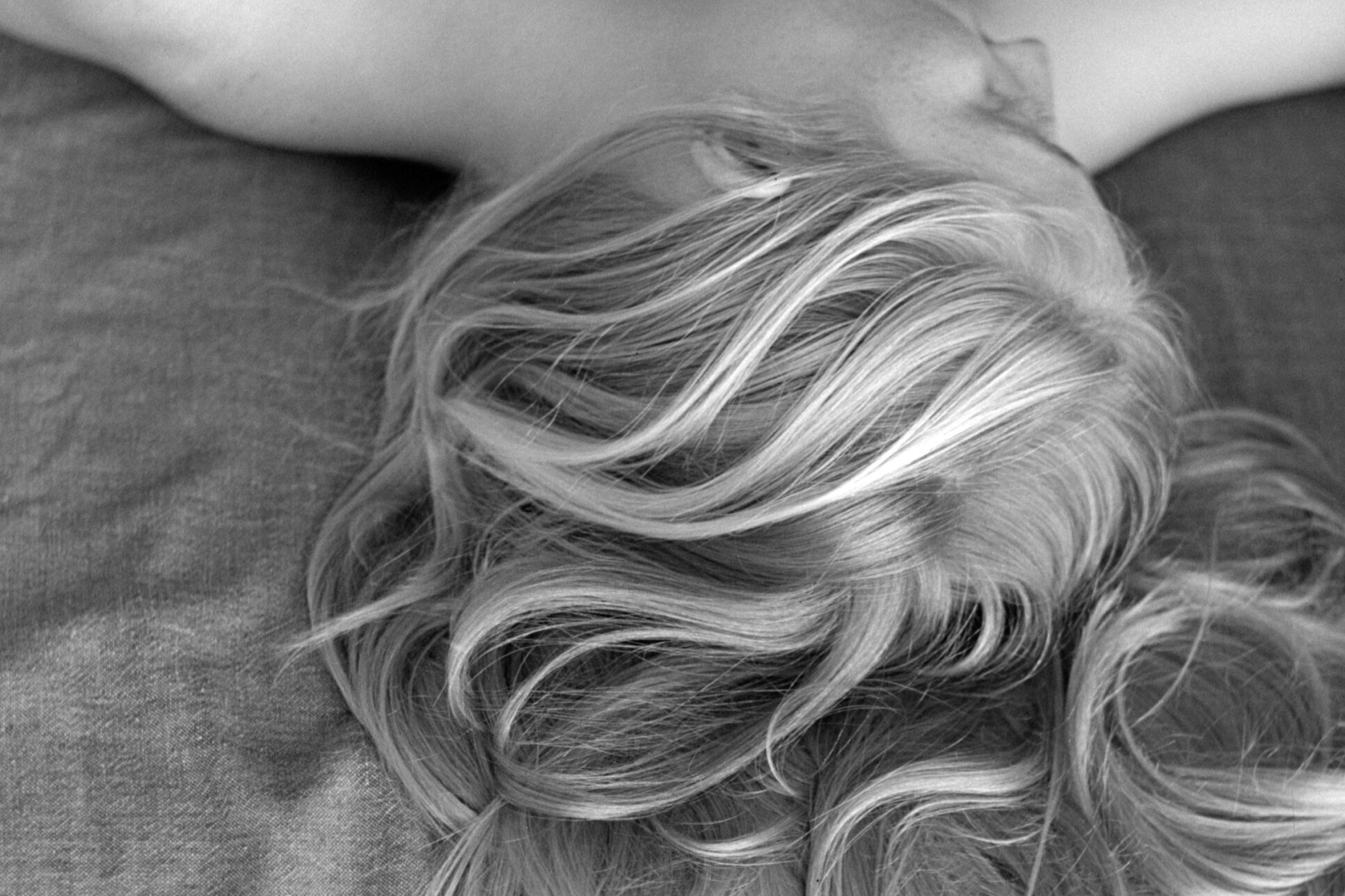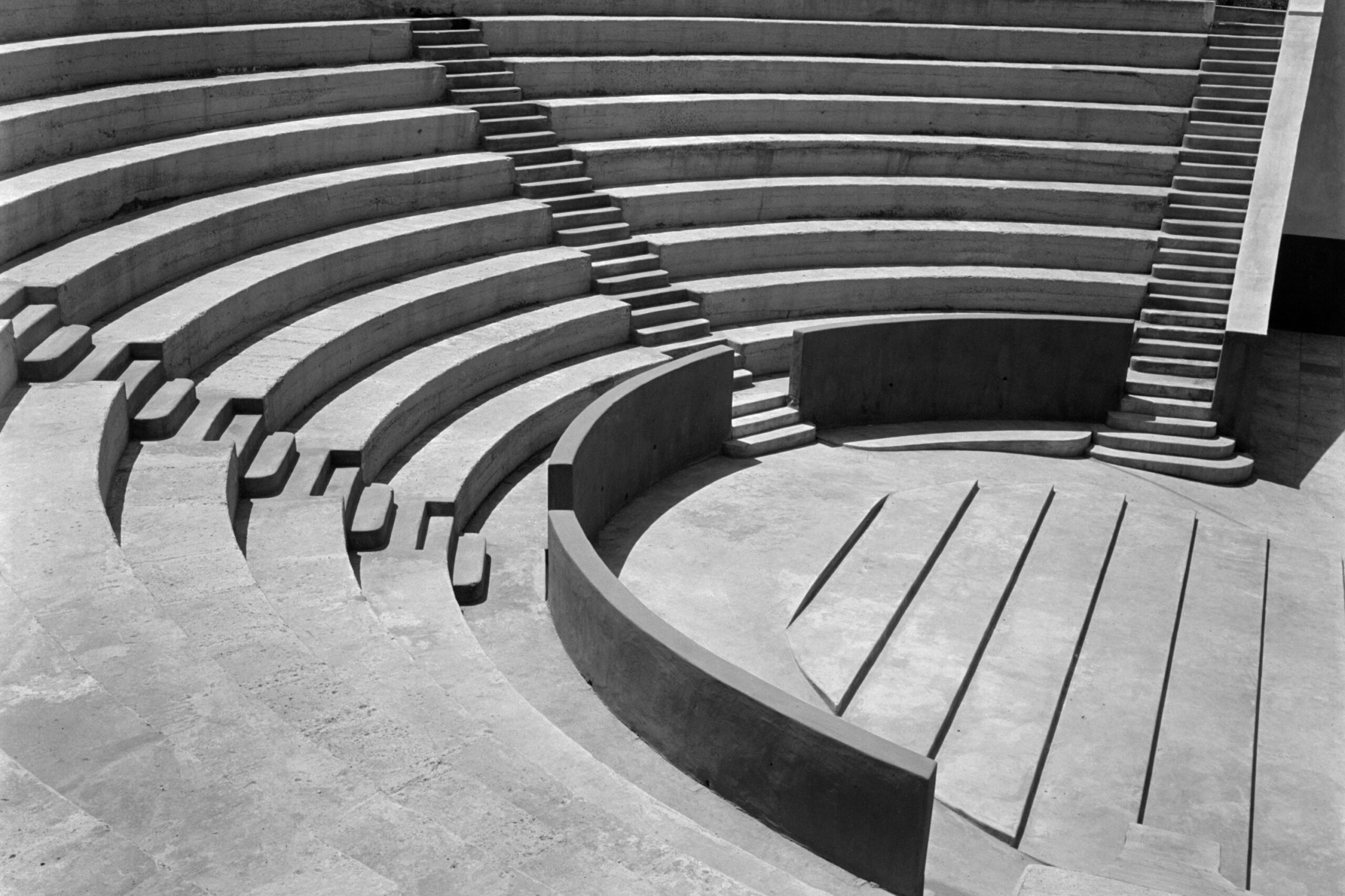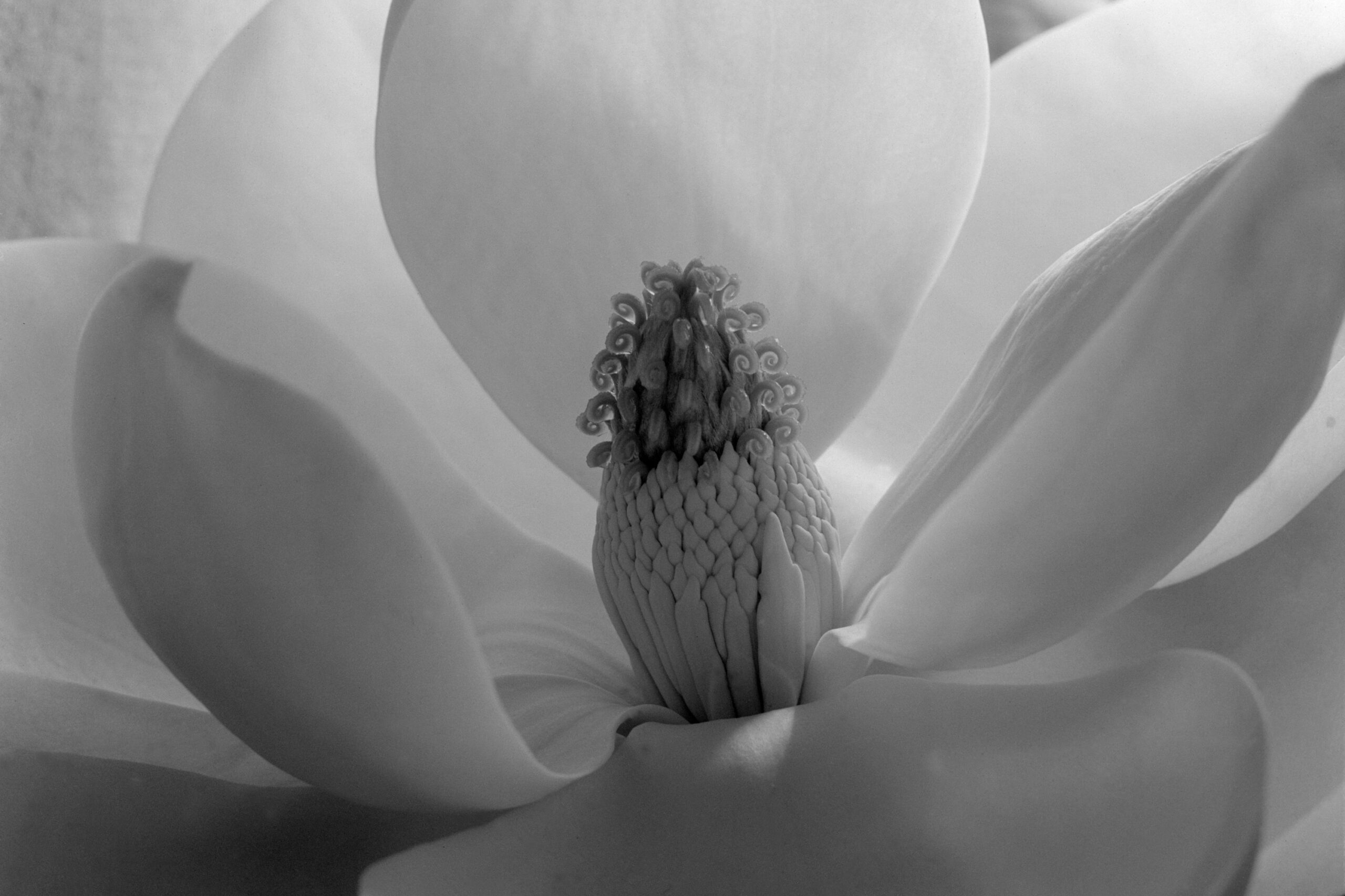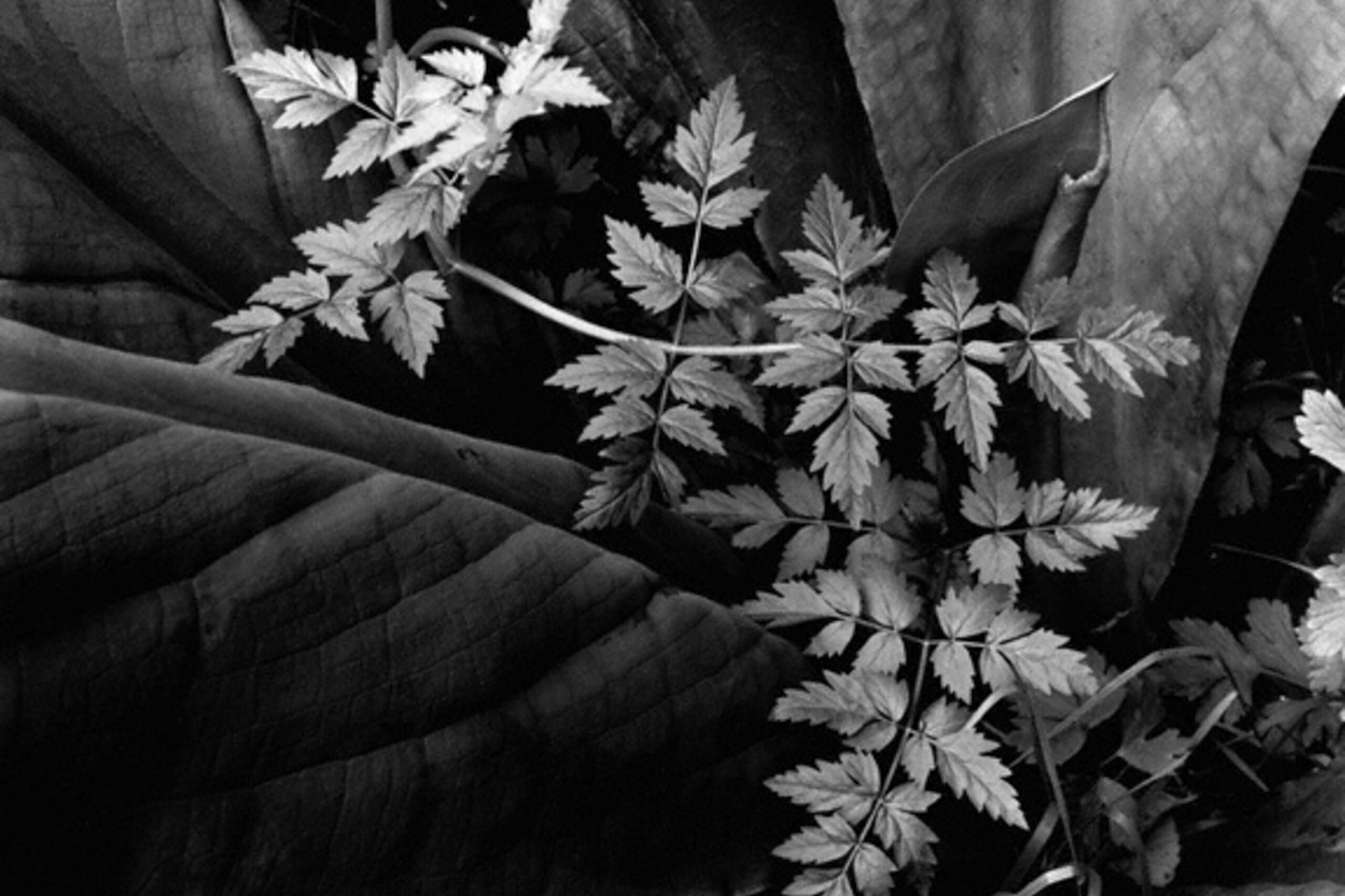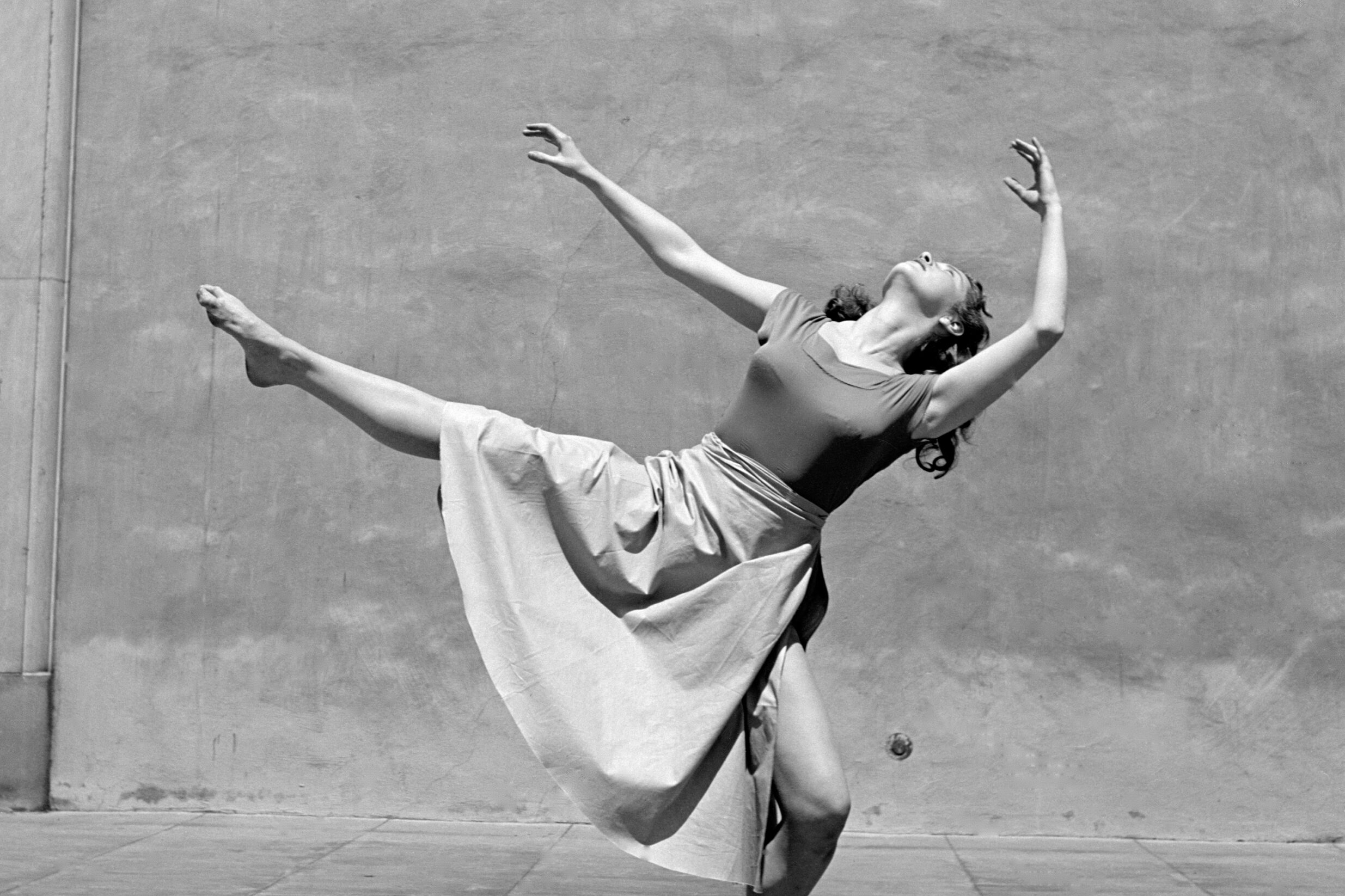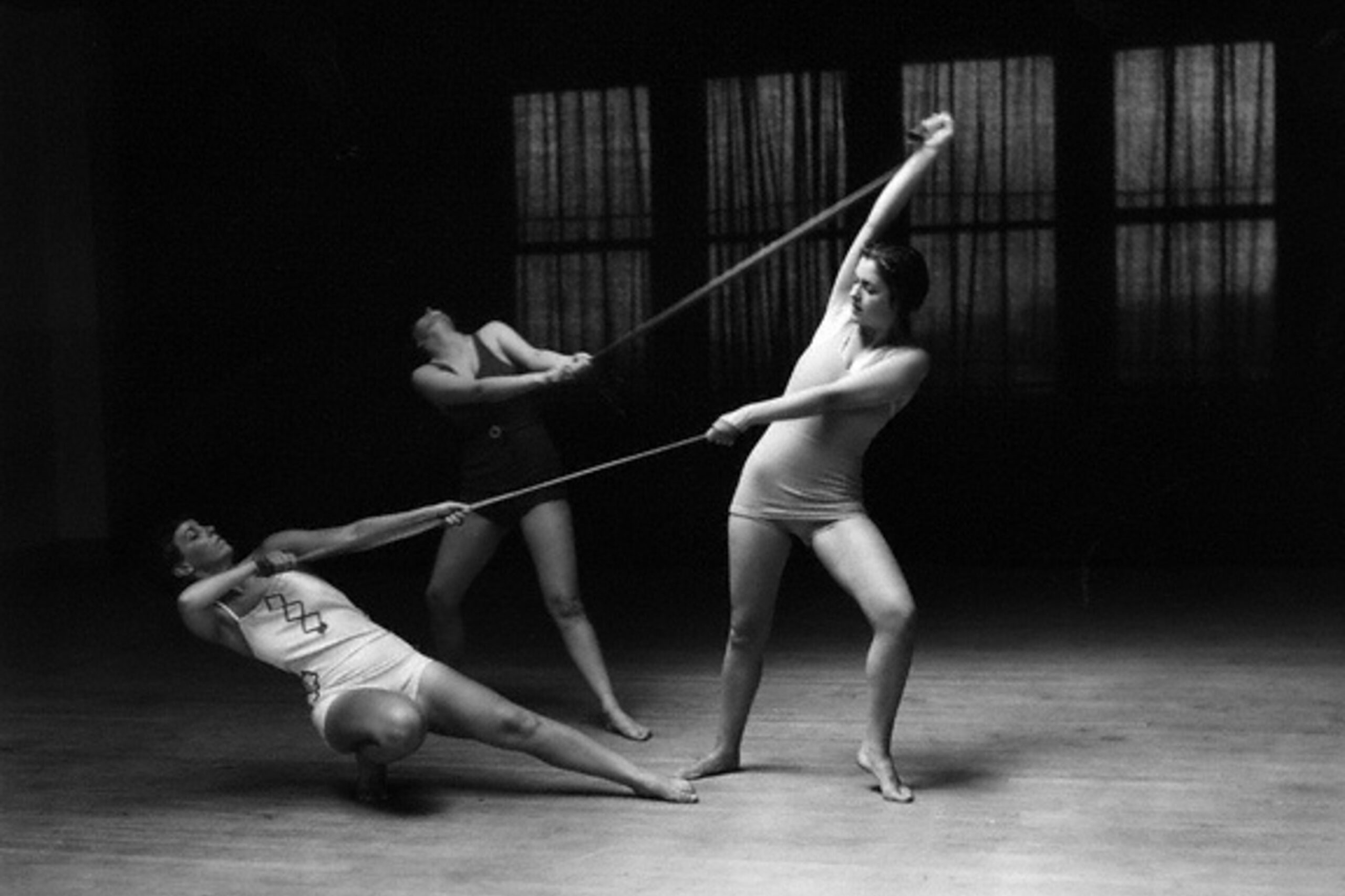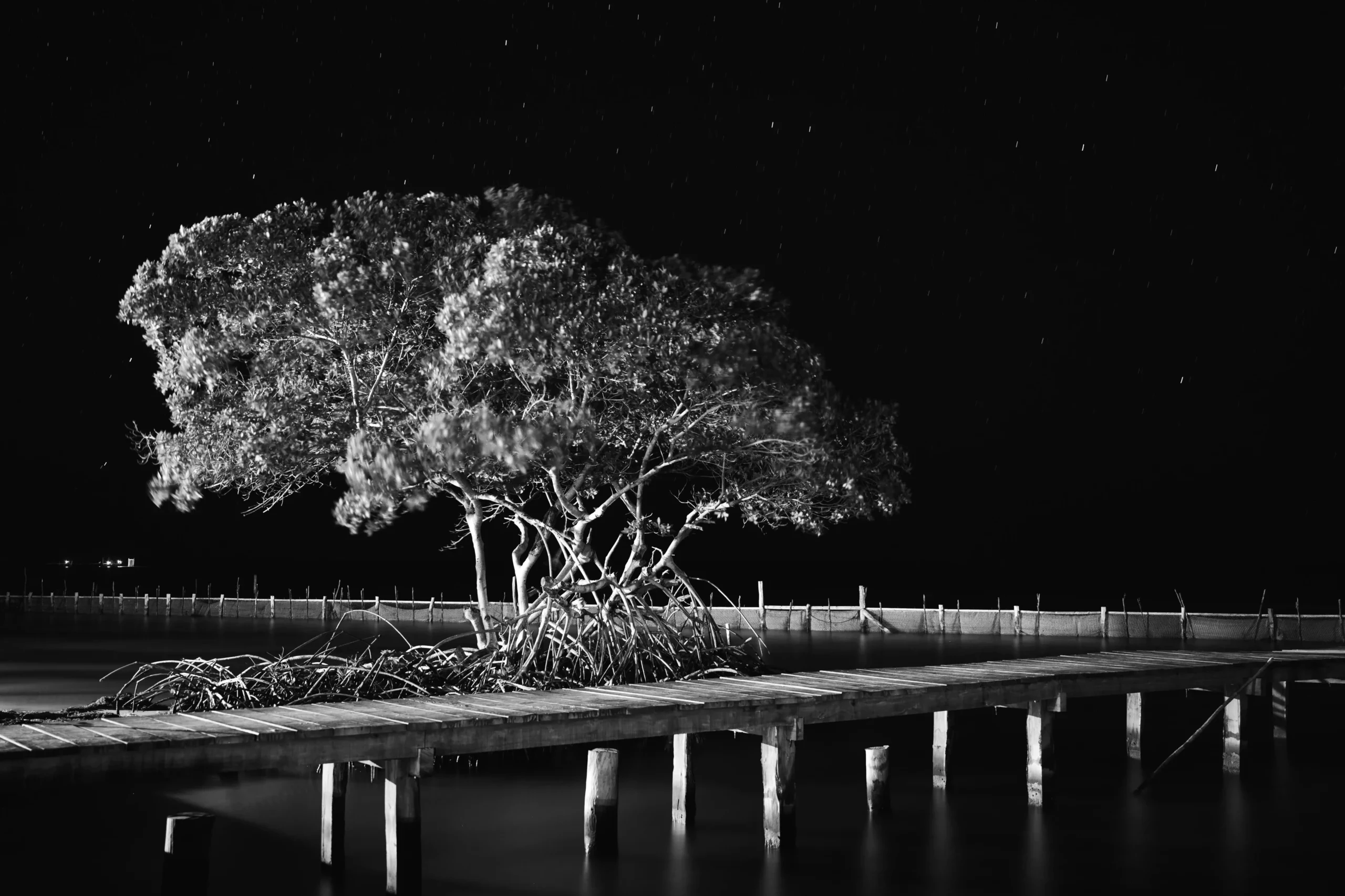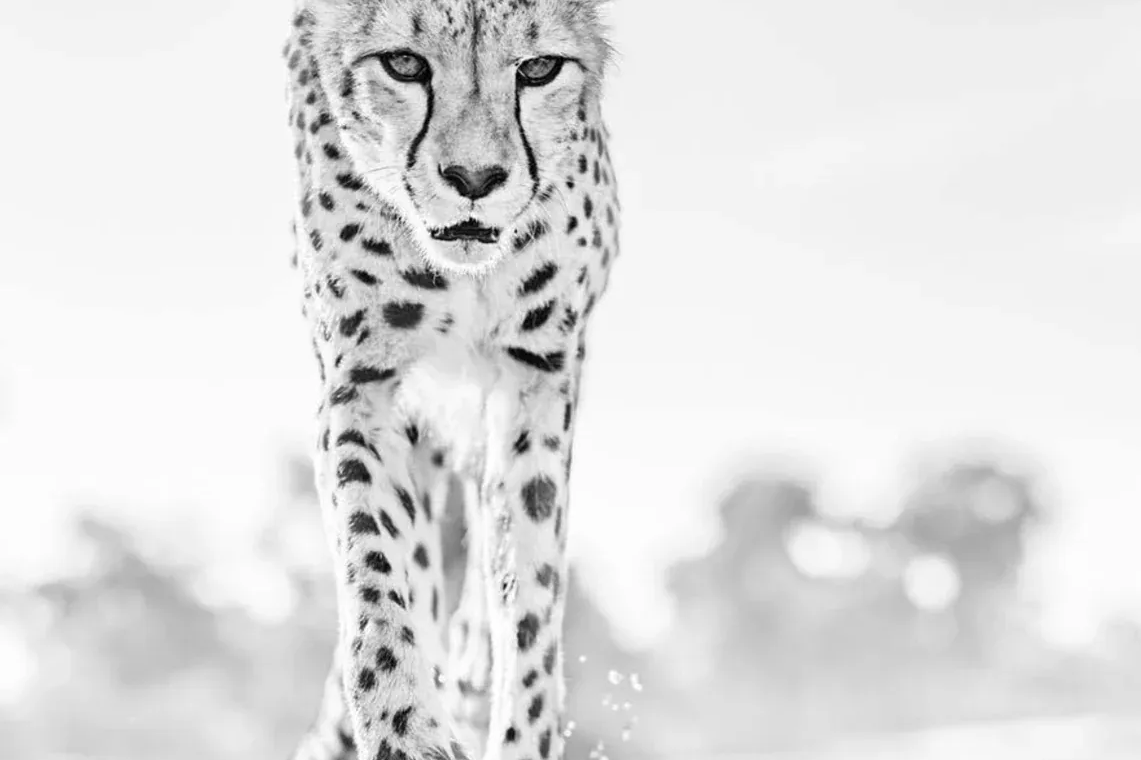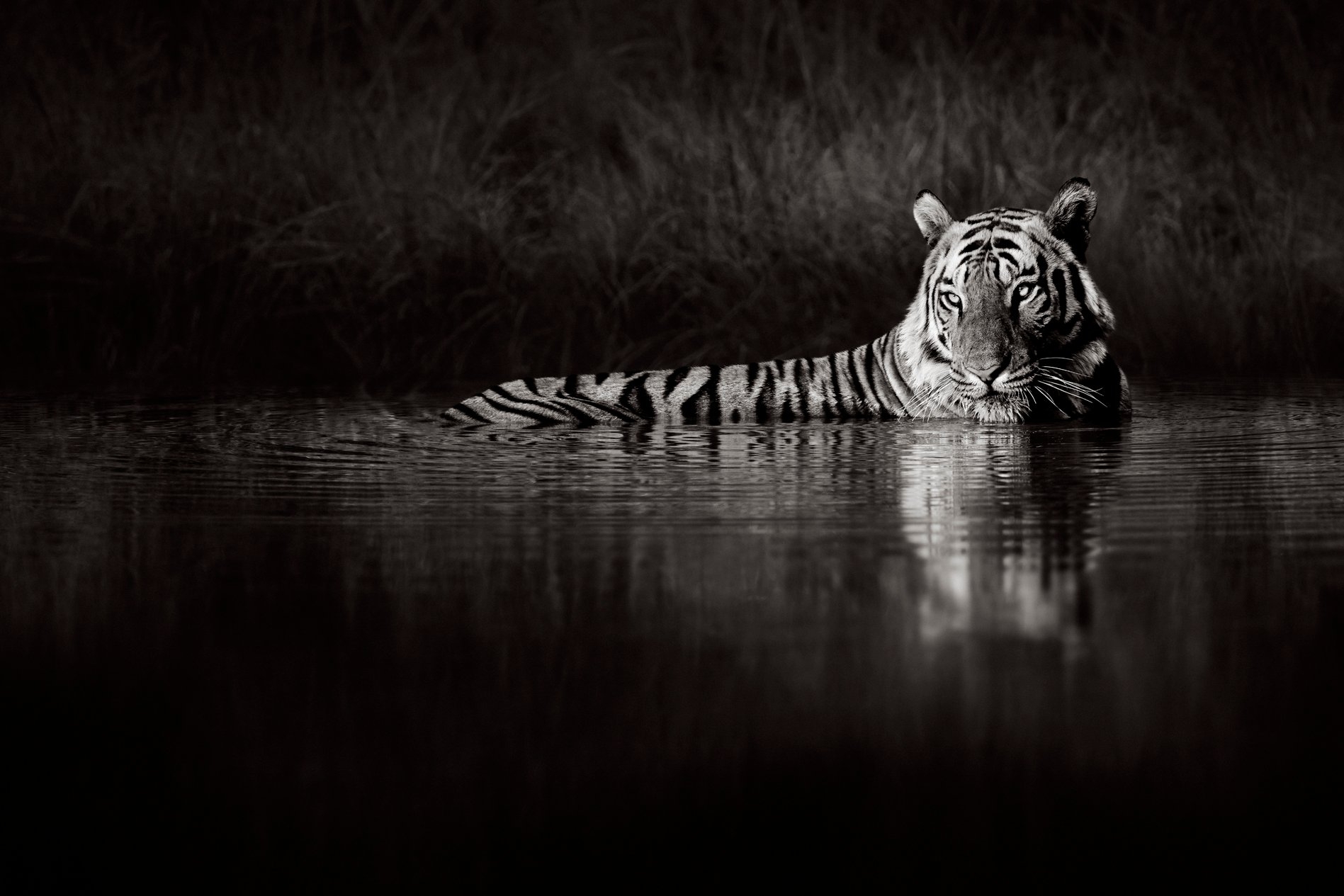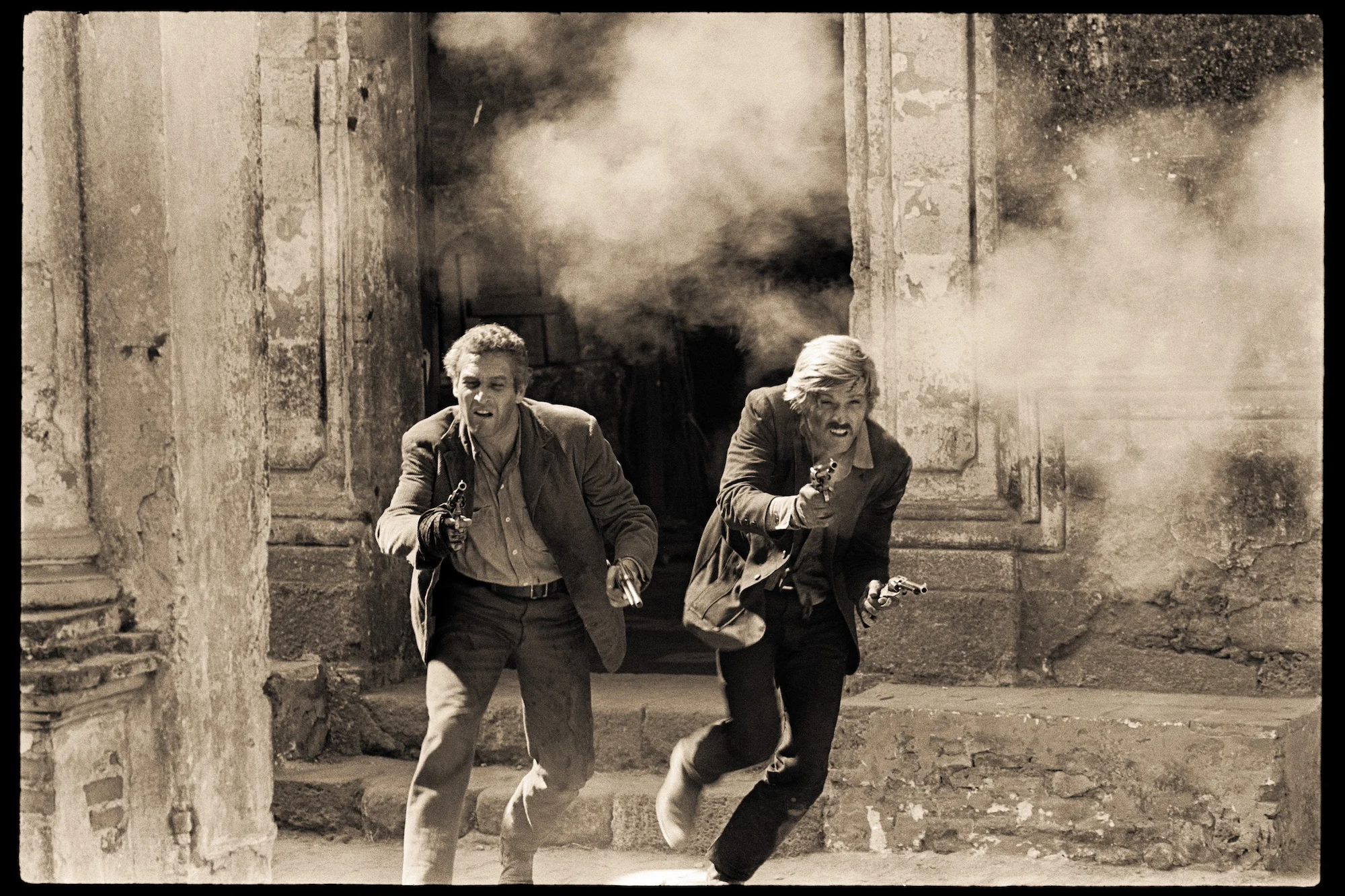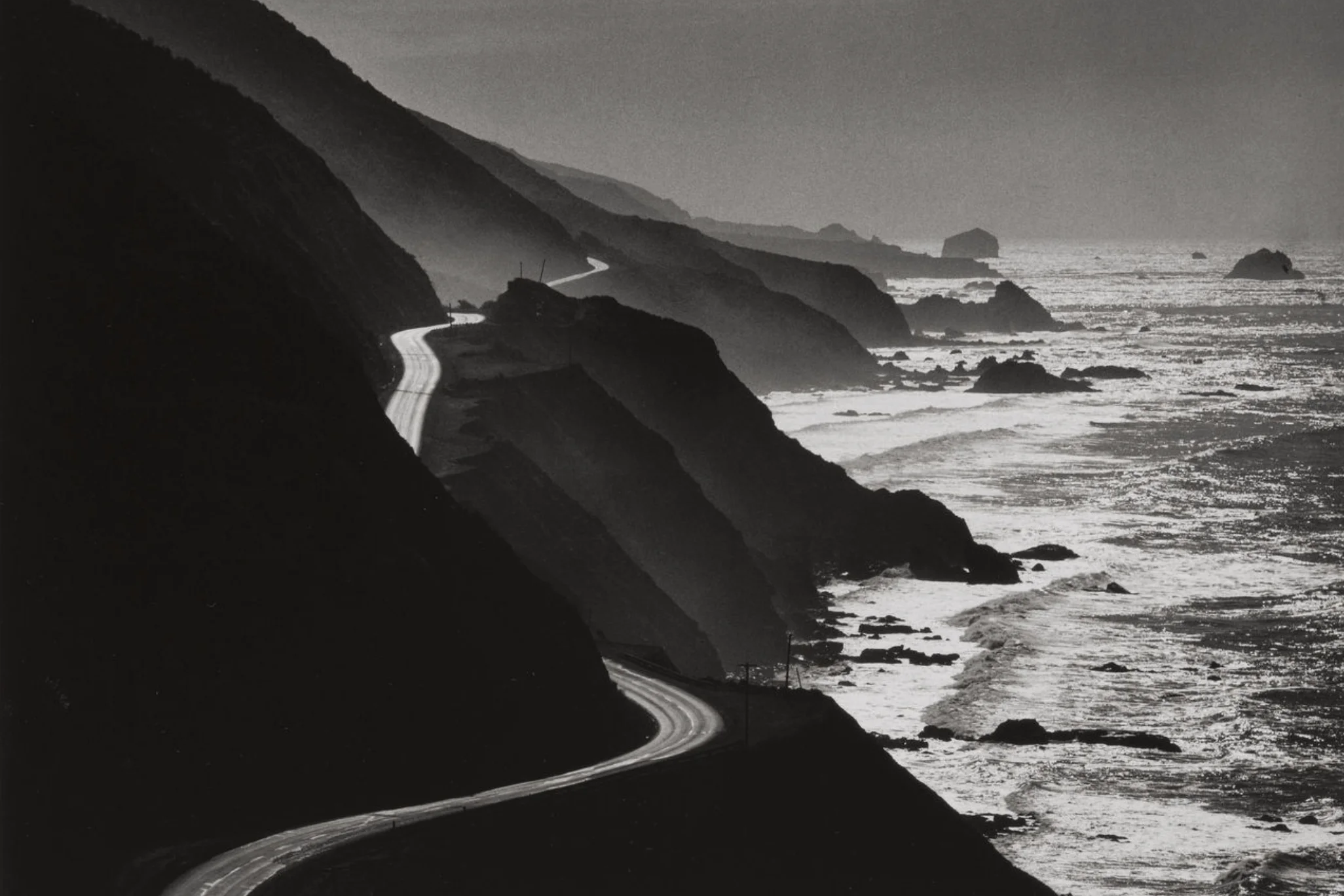IMOGEN CUNNINGHAM
(1883 - 1976)
Imogen Cunningham is renowned as one of the greatest American women photographers. In 1901, having sent away $15 for her first camera, she commenced what would become the longest photographic career in the history of the medium.
Imogen Cunningham was born in Portland, Oregon in 1883 and grew up in Seattle, Washington. With a strong interest in photography, she pursued and received a degree in chemistry from The University of Washington in Seattle in 1907. Imogen joined the Edward Curtis Studio in Seattle as an assistant, absorbing all that she could. She learned the business of running a portrait studio while also being encouraged to gain more knowledge about the platinum printing process by the printer at the studio, Adolph Kuhn. With Kuhn’s encouragement, Imogen traveled to Dresden Germany in 1909 to study photographic chemistry with Robert Luther at Technische Hochschule.
“My best picture is the one I’ll take tomorrow” – Imogen Cunningham
Cunningham soon turned her attention to both the nude as well as native plant forms in her neighborhood. The results were staggering; an amazing body of work comprised of bold, contemporary forms. These works are characterized by a visual precision that is not scientific, but which presents the lines and textures of her subjects articulated by natural light and their own gestures. Her refreshing, yet formal and sensitive floral images from the 1920’s ultimately became her most acclaimed images. Cunningham also had an intuitive command of portraiture, but she is noted for her inclusion in the “Group f.64” show in San Francisco in 1932. With a small group of photographers which included Edward Weston and Ansel Adams, she pioneered the renewal of photography on the West Coast. Cunningham’s work continues to be exhibited and collected around the world.



